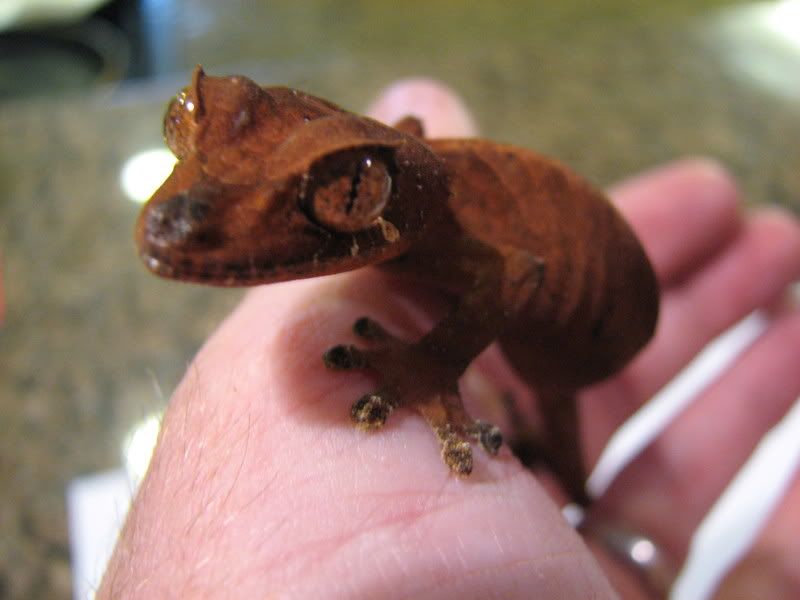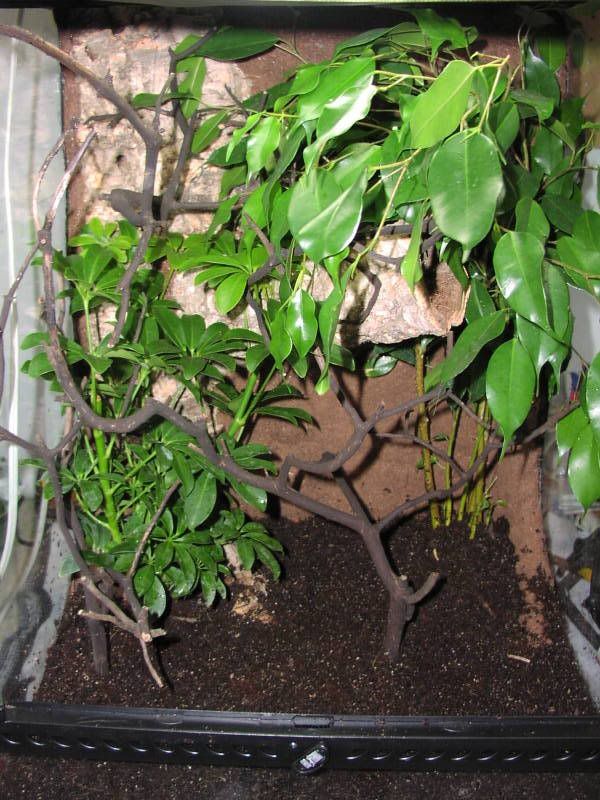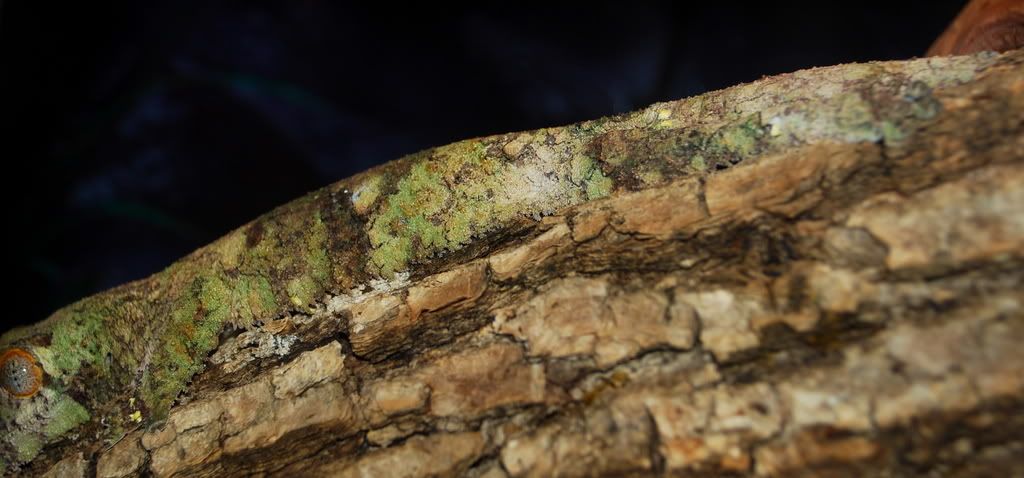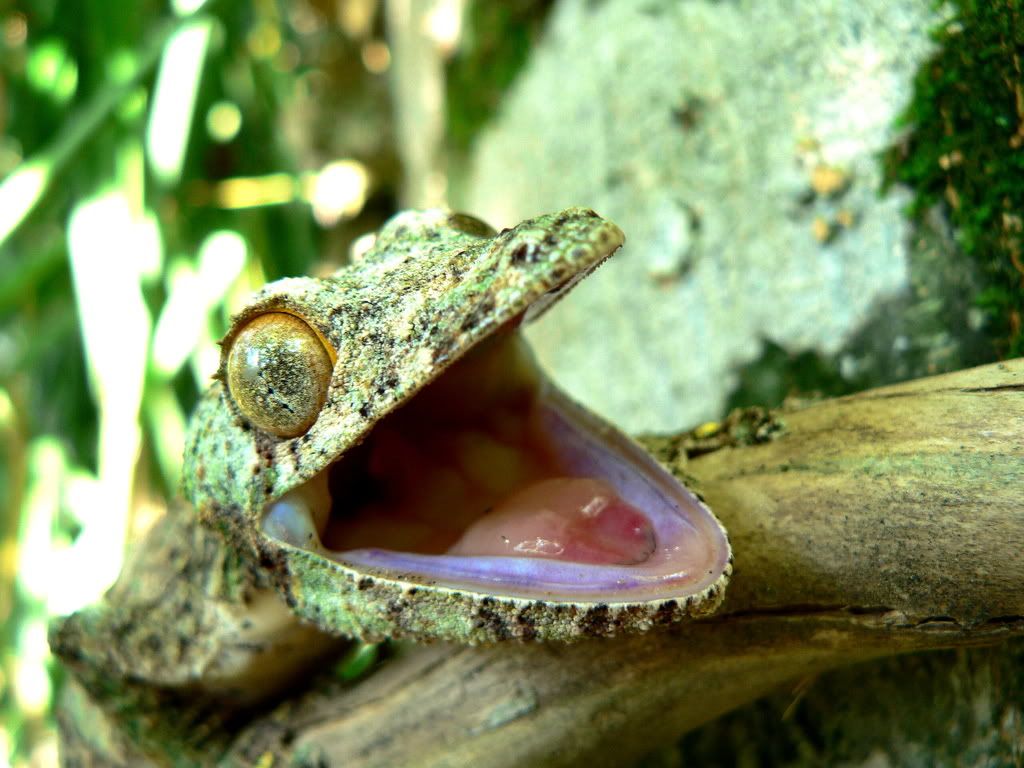jeepboy_90
New member
Over the past year I have spent sometime looking at a majority of the resources for the Uroplatus Species. It seems that there are a large amount of folks out there with these animals, but not that much information on the specifics or husbandry of these animals. I have seen on this forum (Mike Martin’s Phantasticus care sheet, great work) and others a lot of great tips and tricks for maintaining such a delicate animal, but it seems that sometimes it is too late. So I figured that if we had a fill in the blank type sheet that some of us keeping this species could fill it out. It would allow the information to be readily available on the forum for others to see and use if wanted. I am sure we all have something to add, that someone else might not know or have another way of doing, possibly better. This is by no means a catch all or a perfect solution to all our questions, but a start at obtaining information on these animals for other to become successful. Please look over the below and if you feel so inclined to fill it out please do so for us the forum users and the Uroplatus we keep or kept.
THIS IS A WORK IN PROGRESS SO PLEASE ADD SOMETHING IF IT NEEDS TO BE ADDED AND DELETED IF IT NEEDS TO BE DELETED.
Thanks for taking a look and here is to a great New Year.
SPECIES: Uroplatus______________
AMOUNT: (if kept in groups, what size)
WC or CB:
WEIGHT: (normal, gravid)
LENGTH:
LONGEVITY: (years your animals have been in captivity)
ADD PICTURES IF AVALIABLE
HUSBANDRY
ENCLOSURE:
CONTENTS: (plants, cage furnishings, substrate)
TEMPERATURES: (daytime and nighttime)
HUMIDTY:
MISTING METHOD: (hand, mist king, etc.) (if automatic what is the duration and amount per day)
FEEDING: (any supplementation)
DO YOU CONDUCT COOLING:
LIGHTING:
ADD PICTURES IF AVALIABLE
INCUBATION
EGG WEIGHTS:
INCUBATION METHOD: (incubator, shelf, etc)
INCUBATION MEDIA: (vermiculite, hatch-rite, etc)
TEMPERATURES:
INCUBATION TIME:
HATCHLING CARE
This section is left up to you as the breeder to fill in. Please try to provide us with the best information possible. Such as cage size, types of food, humidity, temperatures and others items you feel are needed to be successful in Uroplatus. Also if you have any data on size of animals please provide.
OTHER IMPORTANT INFORMATION
Here please provide any tips or tricks that have helped you in your success with the Uroplatus species. This could also be items that have not helped in your favor, so it does not happen to others.
THIS IS A WORK IN PROGRESS SO PLEASE ADD SOMETHING IF IT NEEDS TO BE ADDED AND DELETED IF IT NEEDS TO BE DELETED.
Thanks for taking a look and here is to a great New Year.
SPECIES: Uroplatus______________
AMOUNT: (if kept in groups, what size)
WC or CB:
WEIGHT: (normal, gravid)
LENGTH:
LONGEVITY: (years your animals have been in captivity)
ADD PICTURES IF AVALIABLE
HUSBANDRY
ENCLOSURE:
CONTENTS: (plants, cage furnishings, substrate)
TEMPERATURES: (daytime and nighttime)
HUMIDTY:
MISTING METHOD: (hand, mist king, etc.) (if automatic what is the duration and amount per day)
FEEDING: (any supplementation)
DO YOU CONDUCT COOLING:
LIGHTING:
ADD PICTURES IF AVALIABLE
INCUBATION
EGG WEIGHTS:
INCUBATION METHOD: (incubator, shelf, etc)
INCUBATION MEDIA: (vermiculite, hatch-rite, etc)
TEMPERATURES:
INCUBATION TIME:
HATCHLING CARE
This section is left up to you as the breeder to fill in. Please try to provide us with the best information possible. Such as cage size, types of food, humidity, temperatures and others items you feel are needed to be successful in Uroplatus. Also if you have any data on size of animals please provide.
OTHER IMPORTANT INFORMATION
Here please provide any tips or tricks that have helped you in your success with the Uroplatus species. This could also be items that have not helped in your favor, so it does not happen to others.
Last edited:





